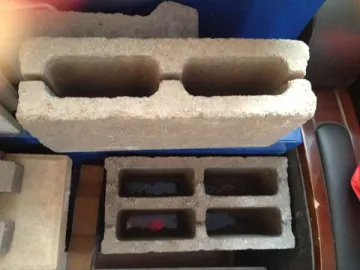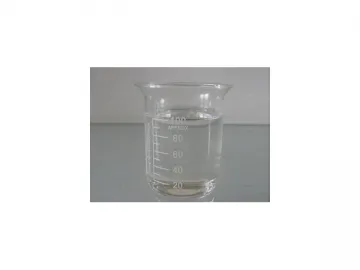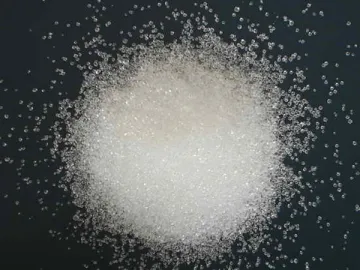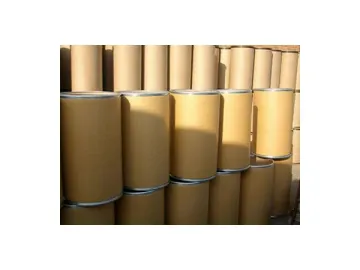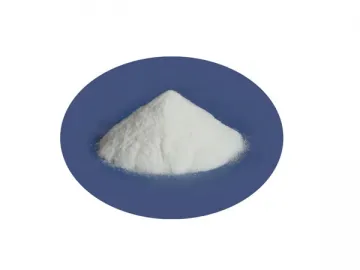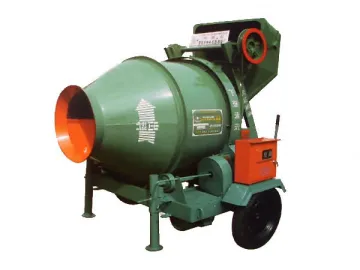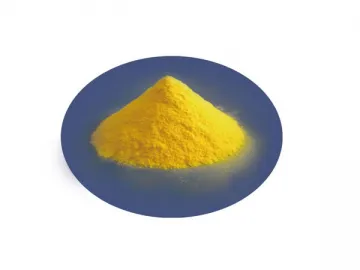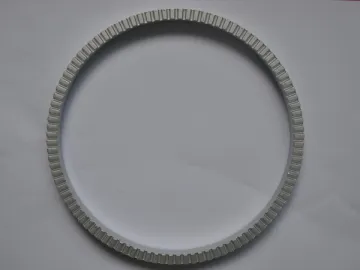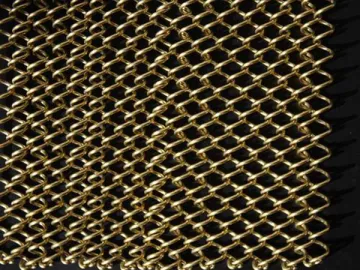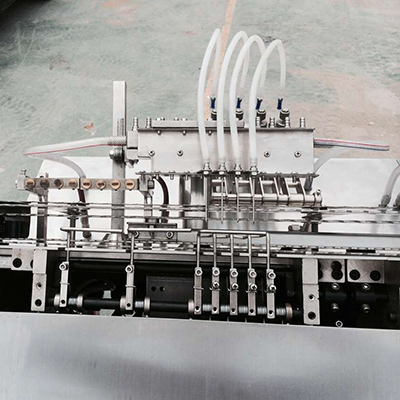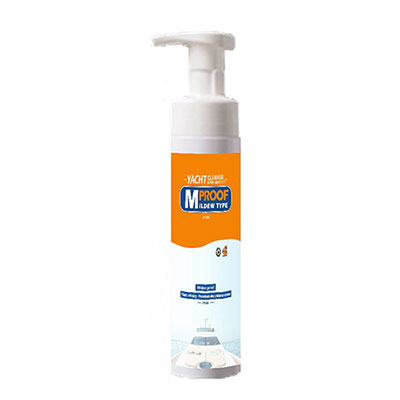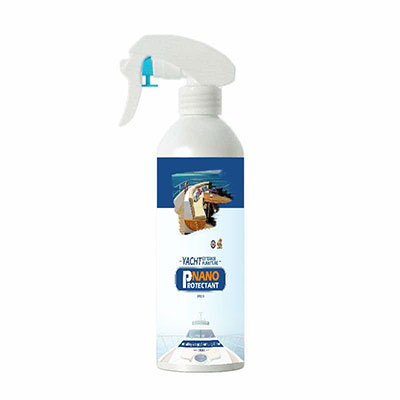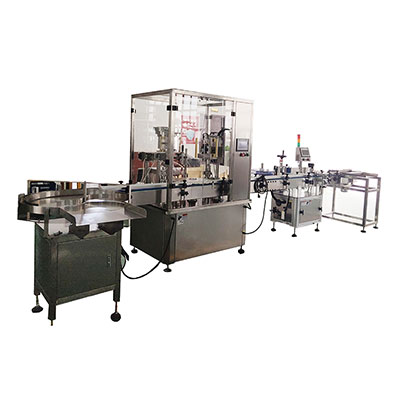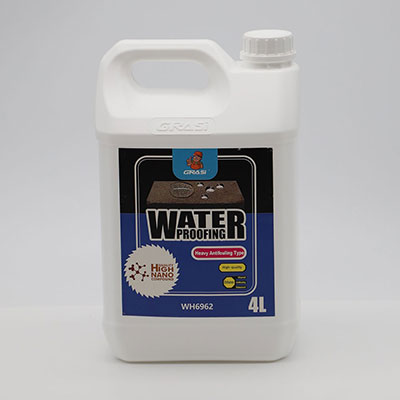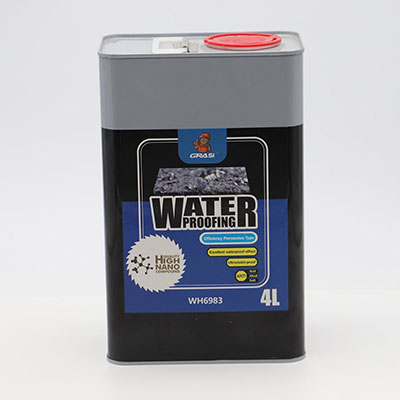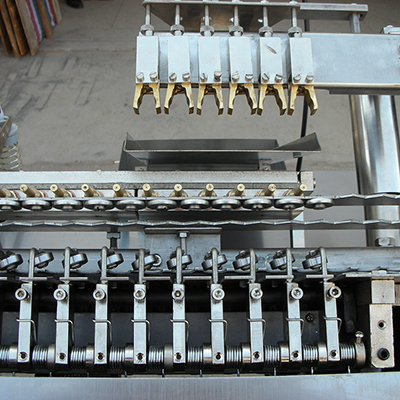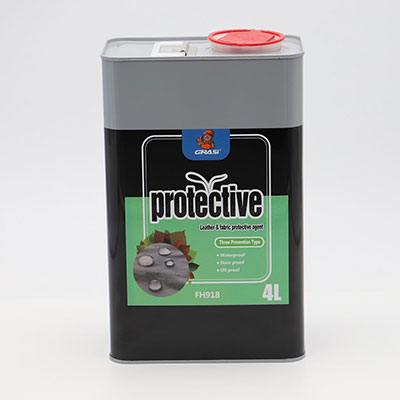Calcium Chloride
CAS No.: 10043-52-4, 22691-02-7 (monohydrate), 10035-04-8 (dihydrate), 25094-02-4 (tetrahydrate), 7774-34-7 (hexahydrate)
Synonyms: Calcium(II) chloride, Calcium dichloride, E509
Calcium chloride, also called CaCl2, is a colorless cubic crystal. As an option, it can be white, porous block, granule, or honeycomb-shaped substance. This odorless chemical has a little bitter taste. Due to extremely strong moisture absorption, it can be highly hygroscopic when exposed to air.
JIAHUA can supply the calcium chloride with its purity ranging from 70% to 95%. This product can be used as a dehydrating agent for the production of alcohols, esters, ethers, and acrylic resins. Also, it is applicable to wastepaper treatment and calcium salts production. Its solution acts as a flocculating agent in industries such as sodium alginate and bean products.
Applications of Calcium Chloride
1. Addition of CaCl2 allows swimming pool water to become pH buffer solution while simultaneously increasing the hardness of swimming pool water. In this way, it can reduce corrosion to the concrete of pool wall.
When added into aquarium water, calcium chloride can increase the content of calcium required by aquatic organisms. It is utilized by molluscs and coelenterate in aquarium so as to produce calcium carbonate shells. Although calcium hydroxide or calcium reactor can reach the same goal, addition of calcium chloride is considered as the fastest way and also has the minimal impact on the pH value of water.
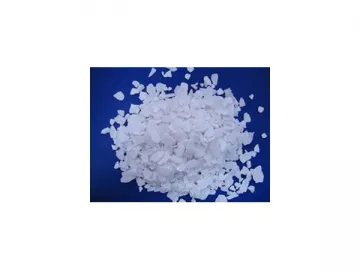
2. CaCl2 is able to lower the freezing point of water. All roads covered with this substance can prevent deicing. However, thawed brine may damage the soil and vegetation along roads, and also make the pavement concrete deteriorate.
The calcium chloride solution can be mixed with dry ice for the preparation of low-temperature cooling bath. It allows rod-like dry ice to be added into brine solution in batches until an ice cube appears.
The equilibrium temperature of cooling bath maintained by different brine solutions is also different. As a common raw material of salts, calcium chloride can obtain the required equilibrium temperature by adjusting its concentration. This cheap product is easy to get, and the eutectic temperature of its solution is as low as -51.0℃. Then, it allows the temperature to be adjusted from 0℃ to -51℃.
3. The anhydrous calcium chloride granule is often used as a drying agent for filling the drying tube. It allows kelp to be applied in the production of sodium carbonate. Some home dehumidifiers utilize CaCl2 to absorb moisture in air. In addition, CaCl2 can function as a desiccant or dehydrating agent of gas and organic liquid.
As a neutral substance, it is able to dry acidic or alkaline gas and organic liquid. As a water absorbent, it has been approved by FDA for the use of first aid bandages. Its function is to dry wounds. Additionally, the anhydrous calcium chloride can maintain the wet surface of gravel roads by absorbing moisture, which can prevent dust from being raised.
4. CaCl2 can not be applied in reinforced concrete, because the chloride ion may cause corrosion to reinforcing steel. However, the anhydrous calcium chloride can provide concrete with a certain amount of moisture.
5. CaCl2 is an additive for plastics and fire extinguishers. It also acts as a filter aid in sewage treatment. The sewage treatment chemical can be added in blast furnaces to control the aggregation and adhesion of feedstock, which can avoid the sedimentation of furnace burden. It also functions as a diluting agent in fabric softeners.
6. The dissolving of calcium chloride is an exothermic process, which allows the product to be ideal for use in self-heating cans and heating pads.
7. In petroleum industry, CaCl2 is used to increase the density of solid-free brine. Also, it can be added into emulsion drilling fluids so as to restrain the expansion of clay. As a cosolvent, calcium chloride is applied in the sodium metal production process by electrolysis of molten sodium chloride. As a fluxing agent, it can lower the melting point.
This chemical is one of the raw materials in ceramic manufacturing process. It allows clay particles to be suspended in solutions, which gives much convenience for using the clay particles in slip casting process.
8. Calcium chloride also gives a wide range of applications in healthcare industry. It is mainly used for treating the tetany, urticaria, exudative edema, bowel and ureteric colic, magnesium poisoning, and other symptoms.
Main Specifications
| Item | Specifications | ||
| 74% Sheets and Small Balls | 77% Power, Granules, Sheets, and Small Balls | 94% Powder, Granules, and Small Balls | |
| CaCl2 %≥ | 74.00% | 77.00% | 94.00% |
| Alkali Chloride (as NaCl) % | <4.5% | <4.5% | <3.5% |
| PH Value | Pass | Pass | Pass |
| Water Insoluble %≤ | 0.10% | 0.10% | 0.10% |
| Alkalinity (as Ca(OH)2) %≤ | 0.35% | 0.35% | 0.35% |
| Sulfate (as CaSO4) %≤ | 0.10% | 0.10% | 0.10% |
Packing
This product is packed in a woven bag lined with a plastic bag. Its net weight is 25kg.
Links:https://www.globefindpro.com/products/77220.html

